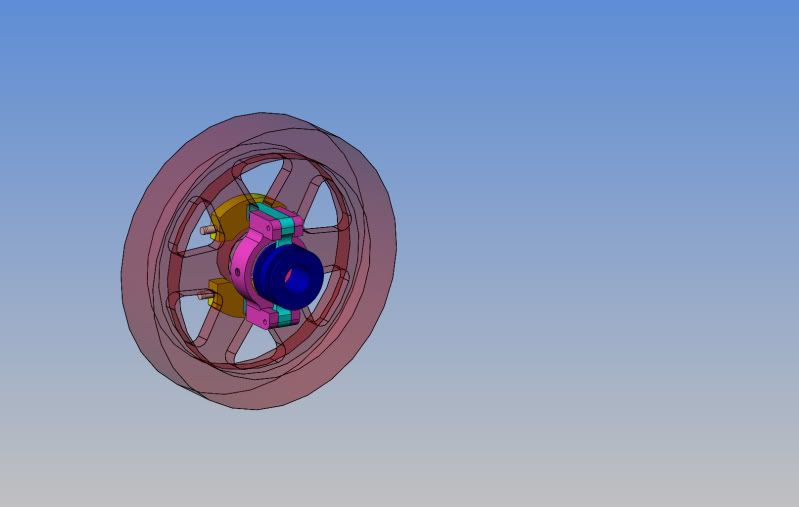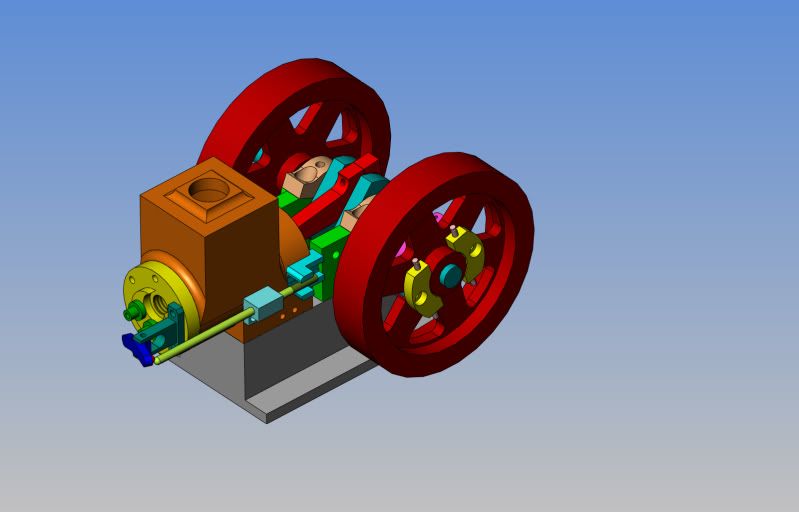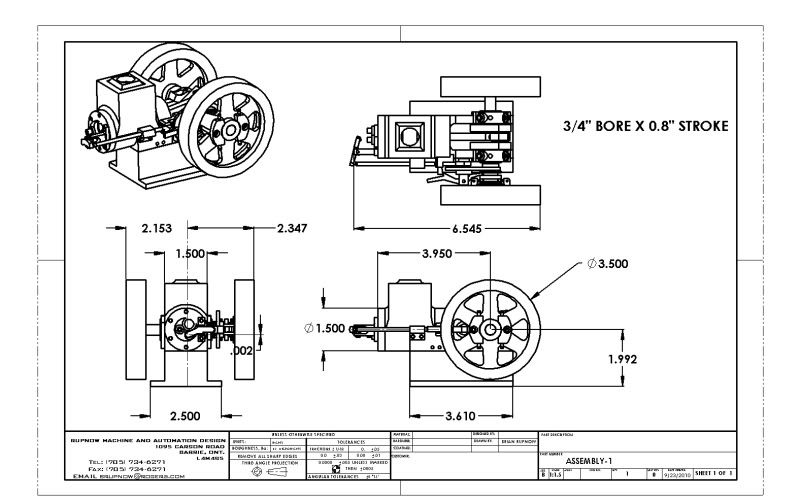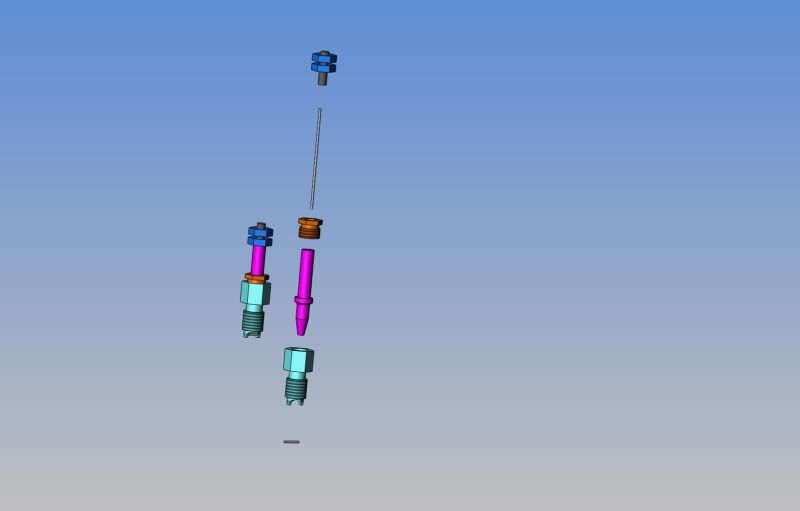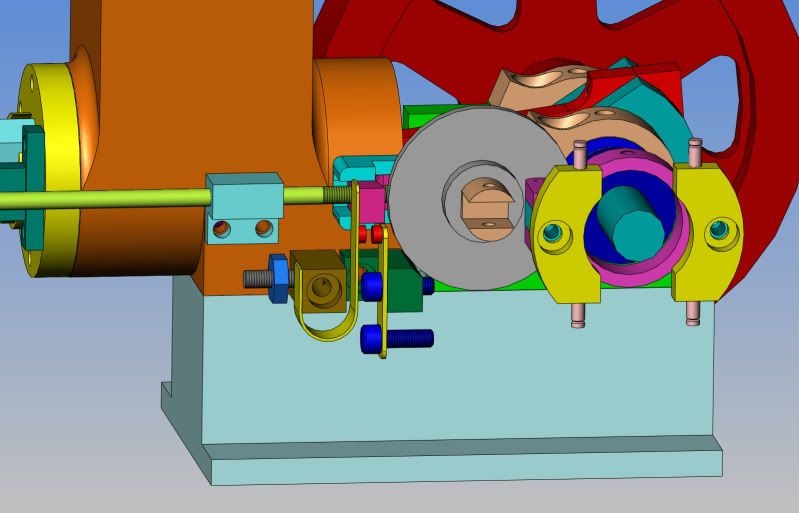Brian, I have these plans also and want to build it but I want to get more experience.I have read that I/C engines are a lot tougher to build than the air/steam ones so I want to build some more air/steam engines first to build up my confidence and experience first. So yes I would very much appreciate any corrected drawings you might do of these drawings.
Thank you for the offer.
Ron





























![MeshMagic 3D Free 3D Modeling Software [Download]](https://m.media-amazon.com/images/I/B1U+p8ewjGS._SL500_.png)











![DreamPlan Home Design and Landscaping Software Free for Windows [PC Download]](https://m.media-amazon.com/images/I/51kvZH2dVLL._SL500_.jpg)























